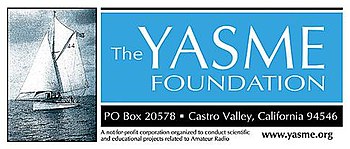“Q” codes were originally created around 1909 as a list abbreviations by the British Government to communicate with British ships and coast stations. The “Q” codes had a list of 45 codes and facilitated the communication between people who speak different languages. At the Third International Radiotelegraph Convention in London (1 July 1912) it was signed into the Service Regulations and on 3 July 1913 became a rule for use.
To distinguish the use of “Q” codes transmitted as questions from those transmitted as statements, operators used the Morse question “INT” (dit dit dah dit dah) as a prefix to the “Q” code.
Source … Wikipedia

